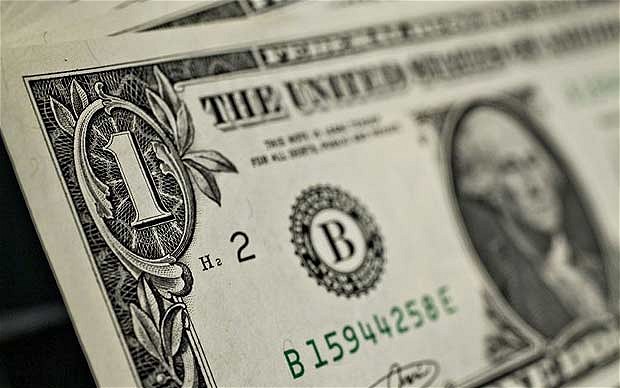The iPhone had not yet been launched. Sven-Goran Eriksson was still managing the England football team. A 17-year-old Taylor Swift had just had her first hit. Plenty has changed since June 2006, but one thing has remained remarkably constant – the cost of money. In the nine years since then, the Federal Reserve has cut interest rates, but until yesterday it had never raised them. With the exception of one misjudged rate rise from the European Central Bank, which was quickly reversed, neither has any other country. For almost an entire decade, money has been remarkably cheap by any historical standards.
By that measure alone, yesterday’s decision from the Fed to finally raise rates is a big deal. You could be well into a career in the financial markets, or in business, or simply as a home-owner with a mortgage, and not have any personal experience of what a rate rise looks like. As the Fed starts that process, there will be lots of hype about how rates are going to start rising around the world, and how the era of super-cheap money is coming to an end. And there will be lots of scare stories about how the cost of mortgages could soar, how businesses will be bankrupted, and, perhaps most of all, how hugely indebted governments are going to be in deep trouble.
There is a problem, however. It is not really true. In reality, cheap money is going to be around for a lot longer yet. Here’s why.
First, the Fed isn’t going to push rates up to anything close to what used to be considered ‘normal levels. Interest rates at 5 percent or 6 percent? Forget it. It isn’t going to happen. Instead, in the jargon of Wall Street, it is most likely to be ‘one and done’. All the central bank really wants to do is get rates above zero, show that it is still capable of doing something, and create some room for manoeuvre if it needs to cut again in the future. It is not going to keep on hiking for month after month.
Secondly, money is no longer as cheap as it looks. Why? Because deflation is gathering pace. In this country, the inflation rate this month went up to the giddy heights of 0.1 percent. With the oil price still in freefall, and competition among retailers fierce, prices will be falling again soon. With deflation of 0.5 percent, even an interest rate of 0.5 percent is 1 percent in real terms. Given the state of the economy, that isn’t so low – remember, when rates were higher, so were price rise. Finally, there is an old saying in the markets that ‘every five to seven years people forget that there is a recession every five to seven years’. How long are we into this recovery? It started in 2009, so that is now six years. You can probably work out for yourself what will happen next. Unless Gordon Brown was right all along, and ‘boom’n’bust really has been abolished’, the economy will turn down soon enough. And then central banks will be cutting rates, and printing more money, not raising them even higher.
In reality, once interest rates are driven down to virtually zero, it is impossible to push them them up significantly. Japan started this process two decades ago, and rates there are still close to nothing. We are not any different. In truth, cheap money is going to be around for a lot longer yet. Indeed, it may well get cheaper soon. Switzerland and Sweden already have negative rates, which means the bank charges you for keeping your money. One more recession, and we will certainly join them. And so will the US, despite yesterday’s decision.






Comments